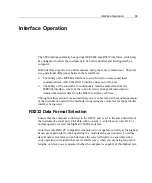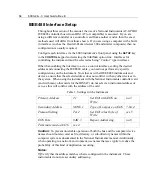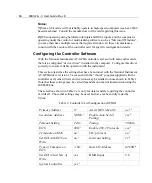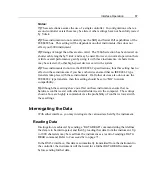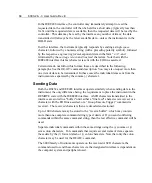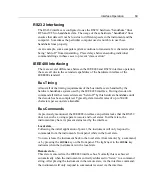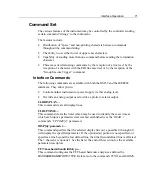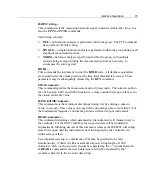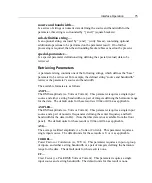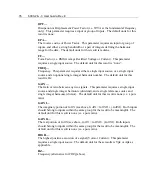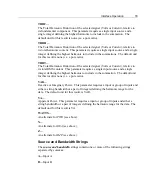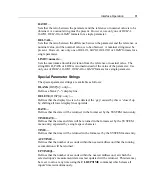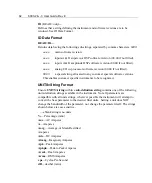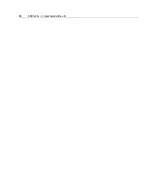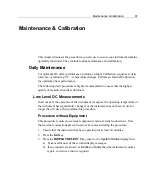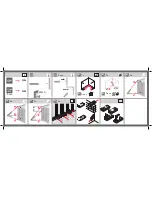
72
6000-2 & -3 User Guide, Rev E
MAXHARM—
This integer defines the highest harmonic number which is to be made available, this
overrides any requests for higher harmonics by individual parameter requests.
Setting this to 0 disables FFT based harmonic analysis for this group.
BANDWIDTH—
This integer defines the ratio between the fundamental frequency and the bandwidth
over which each harmonic is measured. Setting this to 0 disables FFT
based
harmonic analysis for this group.
TYPE—
This string may be either NORMAL or WINDOWED.
FILT=n
or
FILT=numeric—
This command sets the input as using a digital filter.
The
=
character is optional. The available formats are as follows:
•
FILT=0—
No filtering.
•
FILT=numeric—
Sets the low pass filter corner frequency to the passed numeric
value, in Hz. A minimum value of 6Hz is allowed, a value in excess of 200kHz
yields a 5mHz filter.
FMEAS=min/max/period/filter—
This command sets the measurement of frequency as being performed over the
frequency range from
min
to
max
numeric value frequencies, in Hz, over the
period
numeric value, in seconds. This frequency measurement command uses the optional
result filtering of
0
=none,
1
=fast,
2
=medium,
3
=slow.
If the specified input is enabled as a synchronization source to establish the
fundamental frequency of one or more input groups,
—Then—
The frequency measurement command sets all input measurements to these values
and sets the minimum expected frequency to the value specified by
min
. Note that
for down ranging purposes, refer also the
RANGETIME
command.
FUND=string—
This command sets the input as having its fundamental frequency
defined by string. Valid string contents are as follows:
•
chlist/inlist/multiplier
—the fundamental frequency is established from the
input(s) listed in the string
chlist
(e.g.
ABC
), using the input(s) listed in the
string
inlist
(e.g.
VI
), using an optional
multiplier
numeric quantity. The inputs
specified must all be members of the group to which the [i] input belongs, or be
a single nonmember input.
•
Numeric
—the fundamental frequency is set to the fixed value set by the
numeric
value (in Hz).
Summary of Contents for Xitron 6000-2
Page 1: ...USER S GUIDE 6000 2 6000 3 Phase Angle Voltmeters...
Page 2: ......
Page 36: ...36 6000 2 3 User Guide Rev E...
Page 86: ...86 6000 2 3 User Guide Rev E...
Page 94: ...94 6000 2 3 User Guide Rev E...
Page 101: ...Appendix B 101...






